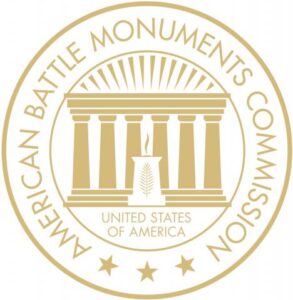Forces of U.S. Navy Destroyers that came to Ireland in 1917 served as one of the first, American military units to arrive in Europe during World War I. One such ship included the USS Jacob Jones, a fast new ship commissioned in 1916 that had been “worked up” in training and patrols on the American Atlantic coast. In October 1916 Jacob Jones was at Newport when U-53, under ace Captain Hans Rose, visited port. Little did the crew know that Rose and U-53 would lead to the ship’s ultimate destruction the following year.
In 1917, not long after the United States entered the war, the USS Jacob Jones was ordered to duty in European waters. On May 16, 1917, as the division neared Ireland, the USS Jacob Jones reported the wake of an approaching torpedo that turned off course after porpoising out of the water. Events like this proved somewhat commonplace for a ship patrolling and escorting the waters during war.
The USS Jacob Jones arrived unscathed on the central southern coast of Ireland under command of Lt. Commander David Bagley on May 17th. The destroyers shepherded groups of ships through the sea-lanes that ran from the Brittany Peninsula in France, around Cornwall in Britain, and to the coast of Ireland. They went to the aide of ships under attack and rescued men from the water. They attacked U-boats on the surface with guns, and attacked submerged enemies with depth charges, which were metallic cylinders with hundreds of pounds of explosive preset to go off at a given depth. Through the summer and fall of 1917 the Jacob Jones rescued hundreds of men from ships in distress. She attacked submarines several times, and witnessed the sinking of a U-boat by other escorts.
On December 6th the Jacob Jones had finished escorting a convoy into Brest, France and then set return course for Queenstown, Ireland. She zigzagged to confuse the aim of U-boats, and her gun crews practiced firing over the cold winter seas. But the sound of the guns attracted the attention of a U-Boat the Jacob Jones had seen before. Fifth leading U-Boat ace Rose in U-53 had found his newest target.
At 4:21 p.m. the crew spotted a torpedo approaching that struck her on the starboard side. A number of men died immediately, and the damage prevented closing the watertight doors. Bagley realized the ship was stricken and made every effort to attract aide. He tried to radio an S.O.S. and had the guns fire. On deck the crew attempted to cut loose floating material, free boats and floats. Steam was vented and men struggled to free more floating material for their shipmates already going into the water from the backward listing deck. The Jacob Jones went down in eight minutes. Without enough time to disarm the depth charges, they exploded as the ship sank, killing and wounding more men.
For those that survived the initial attack, they now had to face the cold December sea, poorly clad with just small rafts and two small boats. Many selfless acts occurred as men handed warm clothes to others, and reentered the water to help the injured. Lt. Stanton Kalk lost his life to exposure while assisting others. Not unusual for the time, U-53 surfaced, picked up two wounded American sailors and radioed the position to the Allies. It served as both an act of kindness, and proof of sinking a warship. With darkness coming, the situation looked desperate for those trying to survive. Two boats set off toward the Isles of Scilly, 25 miles away, for help. Several British ships in the area began to pick up survivors, and by 8:30 a.m. the following morning the last survivors were taken aboard HMS Insolent. Out of a crew of 110 officers and men aboard, 64 lost their lives.
Kalk posthumously received the Distinguished Service Medal and a destroyer was named in his honor. Bagley was awarded the Distinguished Service Medal and retired as an admiral in 1946 and had a ship named for him as well. The Navy Cross was awarded posthumously to Chief Boatswain’s Mate Harry Gibson, and to Chief Electrician’s Mate L. J. Kelly. And all those lost at sea are honored by name on the Walls of the Missing at Suresnes American Cemetery or Brookwood American Cemetery. The two sailors taken aboard U-53 were released after the Armistice.
Further reading
Jacob Jones I (Destroyer No. 61) 1916-1917
 An official website of the United States government. Here's how you know.
An official website of the United States government. Here's how you know. 